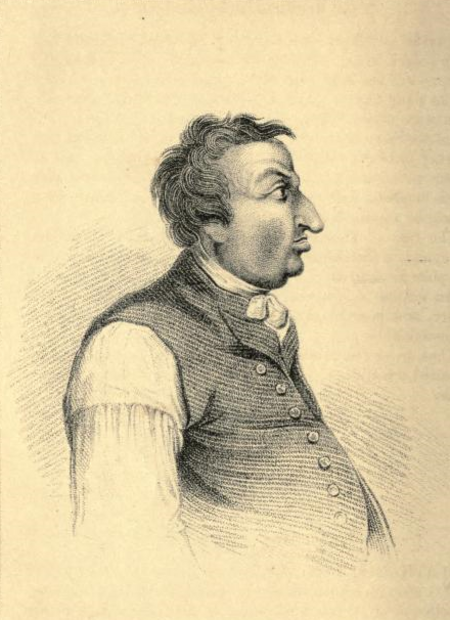Dirty Dick
1735 births1809 deaths18th-century English businesspeople19th-century English businesspeopleMerchants from London ... and 1 more
Pubs in the City of London

Nathaniel Bentley (c. 1735–1809), commonly known as Dirty Dick, was an 18th and 19th-century merchant who owned a hardware shop and warehouse in London, and is one person who is considered as a possible inspiration for Miss Havisham in Charles Dickens' Great Expectations, after he refused to wash following the death of his fiancée on their wedding day. He was a previous owner of a pub in Bishopsgate Without, in the City of London, which is named after him.
Excerpt from the Wikipedia article Dirty Dick (License: CC BY-SA 3.0, Authors, Images).Dirty Dick
Bishopsgate, City of London
Geographical coordinates (GPS) Address Website Nearby Places Show on map
Geographical coordinates (GPS)
| Latitude | Longitude |
|---|---|
| N 51.518 ° | E -0.0796 ° |
Address
Dirty Dicks
Bishopsgate 202-204
EC2M 4NR City of London
England, United Kingdom
Open on Google Maps










